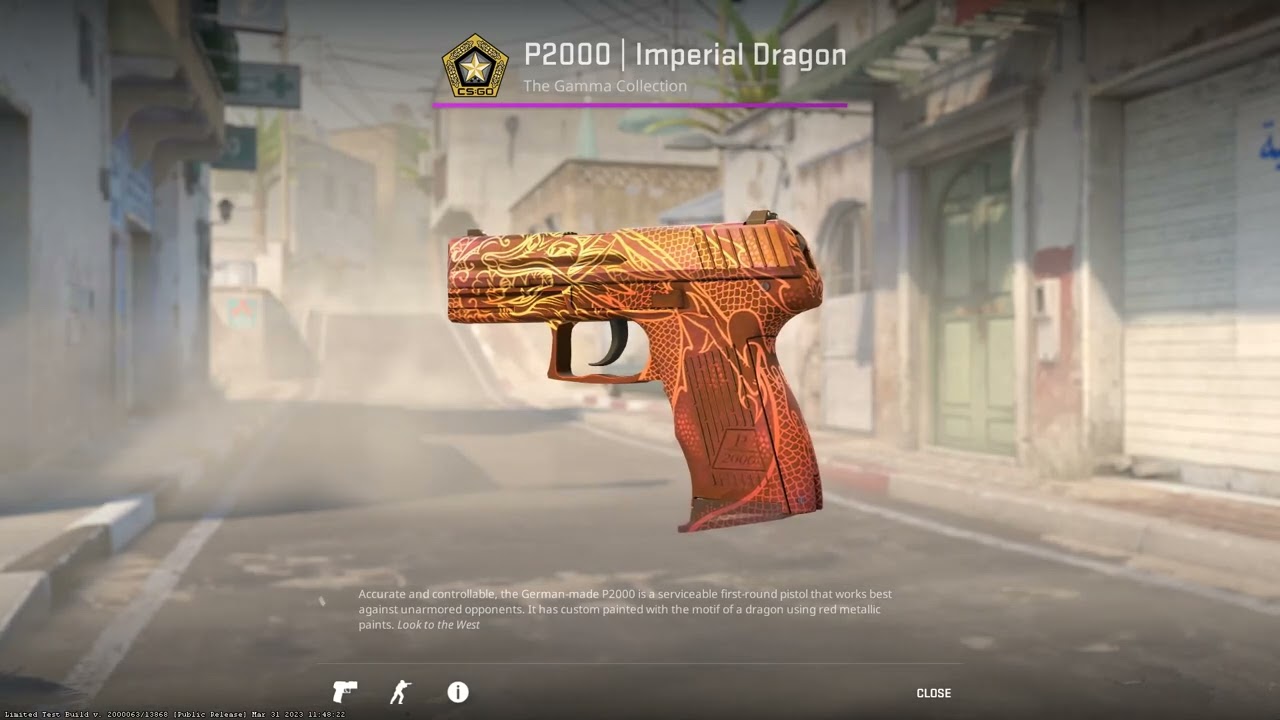Studies have shown that using personalized items increases player satisfaction and motivation levels significantly compared to default options provided by games developers alone. Moreover, trading plays a significant role within this universe as well; players often engage in virtual marketplaces where they buy, sell, and trade skins with one another. This creates a sense of community and camaraderie among players as they interact and negotiate deals to acquire their desired skins. However, it’s important to note that the CS2 skin universe is not without its controversies. Some argue that the introduction of weapon skins has shifted focus away from gameplay itself, leading to an increased emphasis on aesthetics rather than skill. Others criticize the gambling aspect associated with opening loot boxes or participating in skin trading platforms. Despite these concerns, there is no denying the impact that CS2 skins have had on both the game and its community.
They have become an integral part of CS:GO culture, allowing players to express themselves creatively while adding value to their gaming experience. In the world of finance and investment, one of the most fundamental principles is to buy low and sell high. This strategy, known as CS2 (Contrarian Strategy 2), involves identifying undervalued assets or securities and purchasing them at a lower price with the intention of selling them when their value increases. The concept behind CS2 market strategies is based on the belief that markets are not always efficient in pricing assets accurately. As a result, there are opportunities for investors to capitalize on mispriced securities by buying them when they are undervalued and selling them when their true worth is recognized. To implement this strategy effectively, investors need to conduct thorough research and CS2 analysis to identify potential investment opportunities.
They should look for companies or assets that have strong fundamentals but may be temporarily out of favor due to market conditions or other factors. By carefully evaluating financial statements, industry trends, competitive advantages, and management capabilities, investors can gain insights into whether an asset’s current price reflects its intrinsic value. Once an undervalued asset has been identified through diligent research, it is crucial to determine an appropriate entry point for purchase. Timing plays a significant role in CS2 market strategies since buying too early could lead to further declines in value before recovery occurs. Investors must exercise patience while waiting for favorable conditions before making their move. After acquiring undervalued assets at attractive prices during periods of pessimism or uncertainty in the market, investors need to monitor these investments closely.

